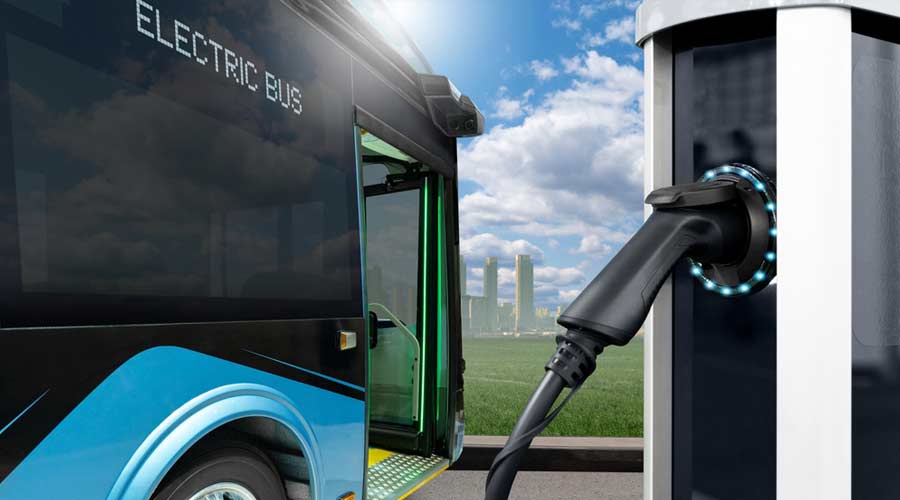Zero Waste Plan to Further Washington D.C.’s Green Initiative
The goal aims to divert the city’s waste from landfills and incineration.
By Larry Bernstein, Contributing Writer
Concern about the environment and human impact on it has been driving legislation across the United States. Early in 2024, Washington D.C. Mayor Muriel Bowser released the Zero Waste DC Plan. The goal is to divert 80 percent of the citywide waste stream from landfills and incineration by 2040.
“Ultimately, the plan is aspirational,” says Daniel Bishop, a senior architect with Hoffmann Architects + Engineers. “The release of this plan is a way to give building owners and architects a heads-up and something to consider when in the planning phase of construction.”
Action five requires 80 percent of recoverable materials (lumber, metal, stone, brick, etc.) from new construction, demolition and building retrofits to be salvaged and used for the development of affordable housing.
Bishop explains that when the industry was striving to reach 50 percent, very recyclable items such as aluminum were available to help hit the target.
“To get to the next level, the industry will need to look at other materials to reach the level of recycling content that the plan requires,” Bishop says. “For instance, standard related to the reuse of rigid insulation board may be created and codified. If the plan was enacted today, it would be hard to reach the goal. I believe the legislation will spur innovation to meet these goals so that by the time they are placed into code, there will be options available to make the plan reality.”
Meanwhile, Action 14 calls for the adoption of a universal recycling and composting ordinance. It will require owners and facility managers of commercial, institutional and governmental facilities to provide for the separation and collection of recyclable materials and compost. This could be adopted as soon as 2025.
This action, Bishop notes, will require owners and facility managers to reconsider their building’s logistics and footprint. For example, bins may need to be added to collect compost. The facility manager will need to consider how the bins fit into the building footprint.
Bishop believes one of the roles of a facility manager will be to ensure meeting the goals will be to educate tenants to get their buy-in.
While the changes will likely add upfront costs in the short run to building management, there may very well be long-term savings. The Zero Waste DC plan mentions financial assistance, but the terms have yet to be clarified.
Larry Bernstein is a freelance writer based in Fair Lawn, New Jersey.
Related Topics:












